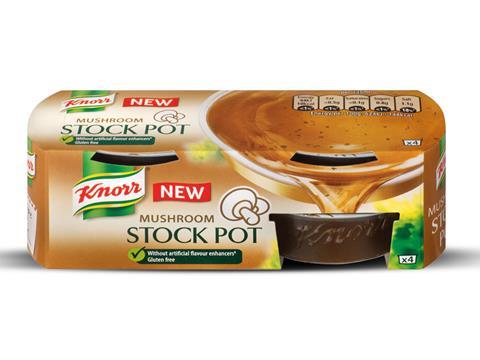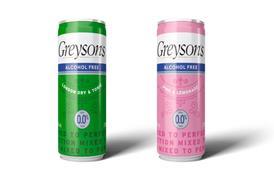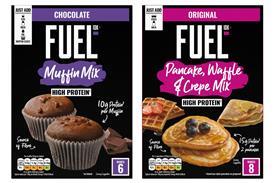
In an industry that can feel very complicated, it is often useful to step back and revisit first principles.
While each category has particular challenges and opportunities, there are fundamental rules for all categories that must be obeyed if growth is to follow. These concern the consumer, the shopper and the retailer. Let’s start with the consumer fundamentals.
There are three ways to grow categories – broaden the audience (penetration), serve more occasions (frequency) and earn a premium (price per occasion).
First, broadening the audience. This is about understanding the barriers to usage and evolving the category to appeal to more people. For sparkling wine, dominated by champagne, a key barrier was price. More and better prosecco has broadened the category’s appeal, and driven penetration.
It is also about reaching different demographic groups by customising the offer – for example, single packs of salmon fillet or smaller portions of pasta sauce, for people eating on their own. It is about catering for dietary requirements such as vegan, dairy-free and gluten-free. These once seemed minority audiences, but no longer.
Second, serving more occasions. This is about understanding the environment and consumer needs at key occasions such as midweek evening meal, quick lunch, weekday breakfast and snacking. Take midweek evening meal. At the end of a busy day, speed and ease of preparation are critical to most consumers.
Fundamentals of category management, 10: Creating effective category strategies
For most, fresh chicken has taken too long to cook at such occasions. But chicken flatties - thinner, flattened breast fillet cuts - allow a quicker cook. So the category is now offering a more fitting solution for midweek evening meal, and frequency of consumption increases. Or take breakfast “on the go”. Above all, consumers need easy, mess-free eating. Weetabix On The Go allows cereal to become a viable option at an occasion when it was previously unrepresented. Again, category frequency is boosted.
Thirdly, earning a premium. Our industry is not only about price - there is a significant group who will pay for something that is significantly better. Earning a premium can simply be about better product delivery – Knorr Stock Pots offered a breakthrough product that transformed price per occasion, driving average price paid for the category. It can also be about less tangible “X factor” branding and allure.
You see this with brands like Fever-Tree, and subcategories like craft beer. The magic is in creating these aspirational products and categories and from the retailer perspective, being able to spot the real thing, for which consumers will actually pay. Who would have thought tonic water was such a good candidate for premiumisation?
So whatever the category, growth with consumers is always some combination of broadening the audience, knowing and serving more usage occasions and earning a premium through superior product and allure.
Do that, and growth must follow.
Jeremy Garlick is a partner of Insight Traction



















No comments yet